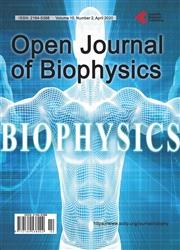The Capacitive Coupling Modalities for Oncological Hyperthermia
引用次数: 9
Abstract
The local-regional oncological hyperthermia has various electromagnetic methods for energy-transfer. The differences involve conceptual considerations and technical solutions. The most frequently applied energy transfer is capacitive coupling, concentrating the electric field to be the active heating component. The realization of the capacitive coupling set-up is divided into two different categories based on their goals for heating: 1) the homogeneous (conventional) heating, using isothermal conditions for dosing, and 2) the selective heterogeneous heating, using cellularly absorbed energy for dosing. The homogeneous heating utilizes plane-wave matching, absorbing the wave for energy transfer. The heterogenic heating uses impedance matching, selecting the malignant cells by their electromagnetic specialties, like their heterogenic impedance, higher membrane-raft density, and different spatio-temporal (pathologic pattern) arrangements. This article’s objective is to compare and discuss the details of the two kinds of capacitive coupling techniques.肿瘤热疗的电容耦合方式
局部肿瘤热疗具有多种电磁能量传递方法。差异涉及概念考虑和技术解决方案。最常用的能量传递是电容耦合,将电场集中为有源加热元件。电容耦合装置的实现根据其加热目标分为两类:1)均匀(传统)加热,使用等温条件进行给药,以及2)选择性非均匀加热,使用细胞吸收的能量进行给药。均匀加热利用平面波匹配,吸收波进行能量传递。异质性加热使用阻抗匹配,根据恶性细胞的电磁特性选择恶性细胞,如异质性阻抗、较高的膜筏密度和不同的时空(病理模式)排列。本文的目的是比较和讨论两种电容耦合技术的细节。
本文章由计算机程序翻译,如有差异,请以英文原文为准。
求助全文
约1分钟内获得全文
求助全文

 求助内容:
求助内容: 应助结果提醒方式:
应助结果提醒方式:


